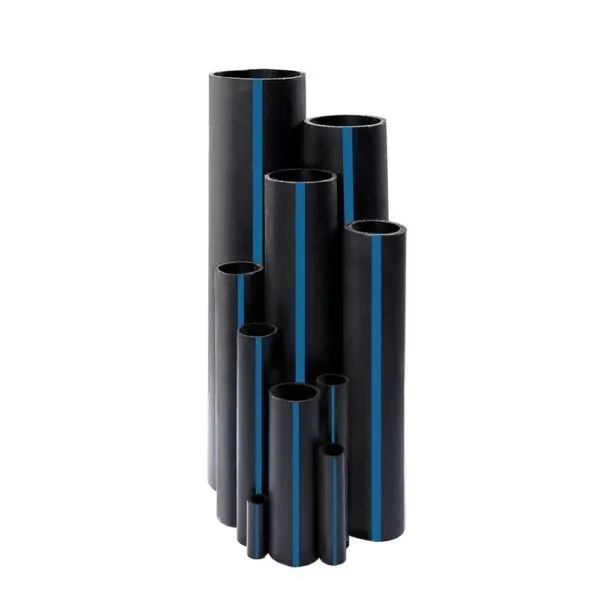A Complete Guide to Understanding Oil Viscosity Ratings
When it comes to engine oils, you’ve likely seen labels like 15W40, 5W30, or 10W40. But what do these numbers and letters actually mean? These codes are part of a standardized system for grading engine oil viscosity, which plays a crucial role in protecting your engine. In this article, we’ll break down what 15W40 means, how it behaves in different temperatures, its common applications, and how it compares to other grades of oil.
Understanding Oil Viscosity Ratings
Viscosity refers to a fluid’s resistance to flow. Thicker oils have higher viscosity and flow more slowly, while thinner oils have lower viscosity and flow more easily. Engine oils need to be thick enough to provide a protective film between moving parts, yet thin enough to circulate freely.
The Society of Automotive Engineers (SAE) developed a classification system that includes numbers and the letter “W”, which stands for “Winter.” In the case of 15W40:
- 15W indicates how the oil flows at cold temperatures (i.e., in winter). The lower the number, the better the oil performs in cold weather.
- 40 represents the oil’s viscosity at high operating temperatures (100°C or 212°F). The higher the number, the thicker the oil remains under heat.
So, multi-grade oil 15w40, meaning it performs well across a wide temperature range. It’s engineered to be fluid enough for cold starts and thick enough to protect your engine at high temperatures.
How 15W40 Oil Performs in Different Temperatures
One of the key benefits of 15W40 oil is its versatility. It’s designed to perform well in both cold and hot conditions:
- Cold starts (Winter): The “15W” rating means it maintains decent flowability in cold temperatures, making it suitable for climates where temperatures don’t fall too far below freezing. However, in extremely cold environments (like northern Canada or Scandinavia), a lower “W” grade (like 5W or 0W) might be preferred for better cold starts.
- Operating temperatures (Heat): The “40” indicates the oil maintains its protective viscosity at high temperatures. This makes 15W40 ideal for heavy-duty engines or those operating in hot climates, ensuring consistent lubrication under stress and load.
Common Applications of 15W40 Oil
Thanks to its balanced performance characteristics, 15W40 oil is commonly used in a variety of settings, especially where durability and high performance are required:
1. Diesel Engines
15W40 is especially popular in diesel engines—found in trucks, buses, and heavy machinery—due to its ability to handle the higher pressures and temperatures generated by diesel combustion.
2. Commercial and Agricultural Equipment
Tractors, bulldozers, excavators, and other off-road vehicles benefit from the robust nature of 15W40 oil, which provides consistent protection during long hours of operation in challenging environments.
3. Older Gasoline Engines
In older or high-mileage gasoline engines, 15W40 can help maintain oil pressure and reduce leaks due to its higher viscosity.
4. Mixed Fleet Maintenance
Many fleet operators choose 15W40 as a standard oil for both diesel and gasoline engines, simplifying inventory and maintenance procedures.
Comparison: 15W40 vs. Other Oil Grades
Here’s how 15W40 stacks up against other common oil grades:
- 15W40 vs. 10W40: 10W40 offers slightly better cold weather performance, but both are similar in high-temperature protection. 15W40 might be more cost-effective for warmer climates or diesel applications.
- 15W40 vs. 5W30: 5W30 is thinner at both low and high temperatures, making it better for cold starts and fuel efficiency, but less ideal for heavy-duty applications. 15W40 is more robust and better suited for high-load engines.
- 15W40 vs. Synthetic Oils (e.g., 0W40): Fully synthetic oils like 0W40 offer superior cold start performance and overall longevity but come at a higher cost. 15W40, especially in synthetic blends, offers a cost-effective balance of performance and protection.
Conclusion
15W40 oil is a versatile, multi-grade lubricant designed for durability and performance across a wide temperature range. With its balanced characteristics, it’s particularly well-suited for diesel engines, heavy-duty machinery, and older gasoline engines. Understanding what the “15W40” rating means helps you choose the right oil for your vehicle or equipment, ensuring optimal engine protection, efficiency, and longevity.
Whether you’re managing a fleet, maintaining farm equipment, or just changing the oil in your pickup, 15W40 remains a reliable and trusted choice for engines that demand consistent, heavy-duty performance.















Leave a Reply